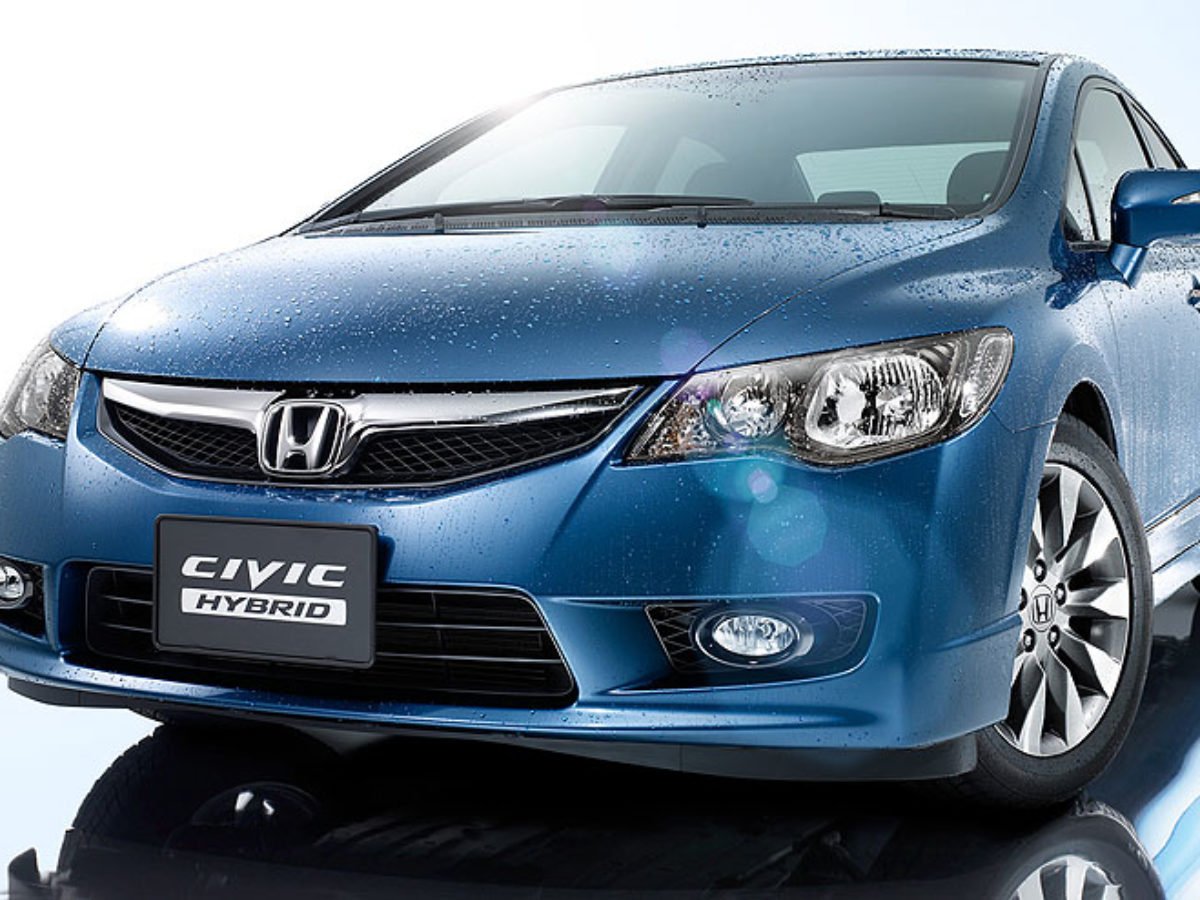The Honda Civic Hybrid: A Glimpse into the Future of Fuel Efficiency
The Honda Civic Hybrid: A Glimpse into the Future of Fuel Efficiency
Introduction
With great pleasure, we will explore the intriguing topic related to The Honda Civic Hybrid: A Glimpse into the Future of Fuel Efficiency. Let’s weave interesting information and offer fresh perspectives to the readers.
Table of Content
The Honda Civic Hybrid: A Glimpse into the Future of Fuel Efficiency

The Honda Civic, a perennial favorite in the compact car segment, has consistently offered drivers a balance of affordability, reliability, and practicality. In 2025, this reputation is set to be further solidified with the introduction of a new generation of Civic hybrids, poised to deliver exceptional fuel efficiency without compromising on performance or driving experience.
Understanding the Evolution of Hybrid Technology
The Honda Civic hybrid, much like its predecessors, leverages the power of a gasoline engine and an electric motor working in tandem. This synergistic approach allows for significant fuel savings while providing a smooth and responsive driving experience. However, the 2025 model represents a leap forward in hybrid technology, incorporating several key advancements:
- Enhanced Battery Technology: The new Civic hybrid will feature a more advanced battery pack, boasting increased energy density and faster charging capabilities. This translates to longer electric-only driving ranges and quicker recharging times, maximizing fuel efficiency and reducing reliance on gasoline.
- Improved Electric Motor Efficiency: The electric motor, responsible for providing additional power and regenerative braking, has been optimized for greater efficiency. This results in smoother transitions between electric and gasoline power, enhancing the overall driving experience and further reducing fuel consumption.
- Sophisticated Engine Management System: The 2025 Civic hybrid utilizes a cutting-edge engine management system that seamlessly optimizes the interplay between the gasoline engine and electric motor. This intelligent system dynamically adjusts power delivery based on driving conditions, ensuring optimal fuel economy at all times.
Fuel Efficiency and Environmental Impact
The advancements in hybrid technology are expected to yield significant fuel efficiency improvements in the 2025 Civic hybrid. While exact figures are still under wraps, preliminary estimates suggest an impressive fuel economy rating surpassing 50 miles per gallon. This translates to substantial fuel cost savings for drivers and a reduced carbon footprint, contributing to a cleaner and more sustainable future.
Beyond Fuel Economy: The Benefits of Hybrid Technology
The 2025 Civic hybrid offers more than just fuel savings. Here are some of the key advantages:
- Reduced Emissions: By relying heavily on electric power, the Civic hybrid significantly reduces harmful emissions, contributing to cleaner air quality and a healthier environment.
- Enhanced Performance: The combined power of the gasoline engine and electric motor delivers a responsive and enjoyable driving experience, offering brisk acceleration and smooth transitions.
- Regenerative Braking: The hybrid system uses regenerative braking to recapture energy during deceleration, further improving fuel efficiency and reducing reliance on the gasoline engine.
- Quiet Operation: The electric motor provides near-silent operation during low-speed driving, enhancing the overall driving experience and minimizing noise pollution.
FAQ: Addressing Common Concerns
Q: How does the hybrid system affect the Civic’s overall driving experience?
A: The hybrid system seamlessly integrates with the Civic’s driving experience, providing a smooth and responsive feel. Drivers will appreciate the added torque from the electric motor during acceleration and the quiet operation during low-speed driving.
Q: What is the cost of owning a Civic hybrid compared to a traditional gasoline model?
A: While the initial purchase price of a Civic hybrid may be slightly higher than a traditional gasoline model, the long-term savings from improved fuel economy and reduced maintenance costs can significantly offset the initial investment.
Q: How long does it take to charge the hybrid battery?
A: The 2025 Civic hybrid features a fast-charging system that allows for quick recharging. The battery can be fully charged in a matter of hours using a standard household outlet or even faster using a dedicated charging station.
Q: Can I drive the Civic hybrid in electric-only mode?
A: Yes, the Civic hybrid can operate in electric-only mode for a limited distance, depending on battery charge and driving conditions. This allows for silent and emission-free driving in urban environments.
Tips for Maximizing Fuel Efficiency
- Drive Smoothly: Avoid aggressive acceleration and braking, as these actions consume more fuel.
- Maintain Proper Tire Inflation: Underinflated tires can increase rolling resistance and reduce fuel efficiency.
- Use Cruise Control: Maintaining a steady speed on the highway helps optimize fuel consumption.
- Avoid Excessive Idling: Turn off the engine when stopped for extended periods, as idling consumes fuel unnecessarily.
Conclusion
The 2025 Honda Civic hybrid represents a significant leap forward in fuel efficiency and sustainability. Combining the benefits of a gasoline engine and an advanced electric motor, it offers drivers an exceptional driving experience while minimizing environmental impact. With its impressive fuel economy, reduced emissions, and enhanced performance, the Civic hybrid is poised to redefine the compact car segment, setting a new benchmark for responsible and efficient driving. As the automotive industry continues to evolve, the 2025 Civic hybrid serves as a compelling testament to the transformative power of hybrid technology, paving the way for a more sustainable future of mobility.

.jpg)






Closure
Thus, we hope this article has provided valuable insights into The Honda Civic Hybrid: A Glimpse into the Future of Fuel Efficiency. We thank you for taking the time to read this article. See you in our next article!